|
Matthew Johnson This post is part two of a field trip series where Matthew writes about his visits to raw materials extraction sites and how he understands them as an environmental historian. Read part two here. In the 1850s, Californians experienced the state’s natural environment primarily through work. In was the gold rush then and the northern Sierra Nevada foothills were overrun with miners. Although many Californians associate gold mining with human labor, the largest and most productive companies harnessed the mountain’s rivers to mine for gold. Mining companies built networks of reservoirs and canals that diverted water to hydraulic cannons which then blasted the water against mountainsides. As entire hillsides washed away, a mercury-lined sieve sitting in the center of the valley attracted gold. By the mid-1870s, a hydraulic mine at North Bloomfield, near present day Nevada City, became the largest gold mine in the state. The landscape at North Bloomfield was so scarred from the water cannons that French miners reportedly compared it to the Battle of Malakoff, a bloody episode in the Crimean War (1853-1856). Historian Andrew Isenberg argues that hydraulic gold mining had a staggering environmental cost and encouraged a host of other industries such as logging, ranching, and urban growth, which also degraded the nonhuman environment. In the 1850s and 1860s, the government overlooked such costs because gold mining was lucrative. However, in the 1870s and 1880s, a coalition of farmers and railroads helped pass legislation that put a stop to hydraulic mining, which was sending torrents of mercury-infused sediments downstream to inundate fields. In 1884, California courts banned hydraulic mining because of its environmental impact and the North Bloomfield mine closed shortly thereafter. In 1965, roughly a century later, the government declared the old gold mine a state park. The transition from North Bloomfield gold mine to Malakoff Diggins State Historic Park reflected a change in how many Californians were experiencing nature. Like many urban Californians, I’ve experienced the Sierra Nevada primarily through play. Though nature remains an essential part of urban living, since the second industrial revolution the relationship has become increasingly indirect and less visible. For many, though certainly not all, urbanites, direct experiences with nonhuman landscapes are increasingly relegated to the realm of leisure. Historians Richard White and William Cronon argue that a major shortcoming of modern environmentalism is that its proponents interact with nature at a distance, through contemplation and eyesight, and don’t recognize that historically humans have known nature through work. This outlook has encouraged environmentalists to value uninhabited areas far removed from our homes and does not teach us how to better manage the parts of the nonhuman world we do inhabit and use as resources. Last summer I spent time with family and friends hiking and swimming in the Sierra Nevada. Having read about North Bloomfield, I lobbied to stop, and after winding our way through empty mountain roads we arrived at the ghost town. We checked in at the museum, and then proceeded to the ‘diggins.’ I spent over an hour hiking the perimeter of the old gold mine, staring at the weathered cliffs and struggling to imagine how the lush fields I walked through were once hills themselves, and then briefly a watery mess of mud and mercury that quickly disappeared downstream. Environmental history has given me an appreciation of such sites. Unlike the reservoirs, oilfields, power stations, and landfills I’ve visited, North Bloomfield has no direct connection to my life. Yet, shortly after California’s birth as a U.S. state, it was the center of the state’s most lucrative industry, which attracted capital and immigrants and encouraged commerce and urbanization in Sacramento and the Bay Area. Studying environmental history has not changed the fundamental parameters of my relationship with the natural world: my direct experiences with nature remain primarily leisure-based. But it has given me a greater appreciation for just how strange such a relationship is in the long sweep of human history. As I walked through the gravely remains of the North Bloomfield mine, stopping to take photos, I reflected on how utterly different my experience of this space was than those who used it before me. For more information see: Andrew Isenberg. Mining California: An Ecological History. NewYork: Hill and Wang, 2005 and William Cronon. Uncommon Ground: Rethinking the Human Place in Nature. New York: W.W. Norton & Co, 1996. Matthew Johnson is a PhD Student at Georgetown University who studies modern Latin American and Caribbean environmental history. His dissertation will look at the social and environmental costs of large hydroelectric dams built by Brazil’s military government in the 1970s and 1980s.
3 Comments
|
EH@G BlogArticles written by students and faculty in environmental history at Georgetown University. Archives
May 2020
Categories |

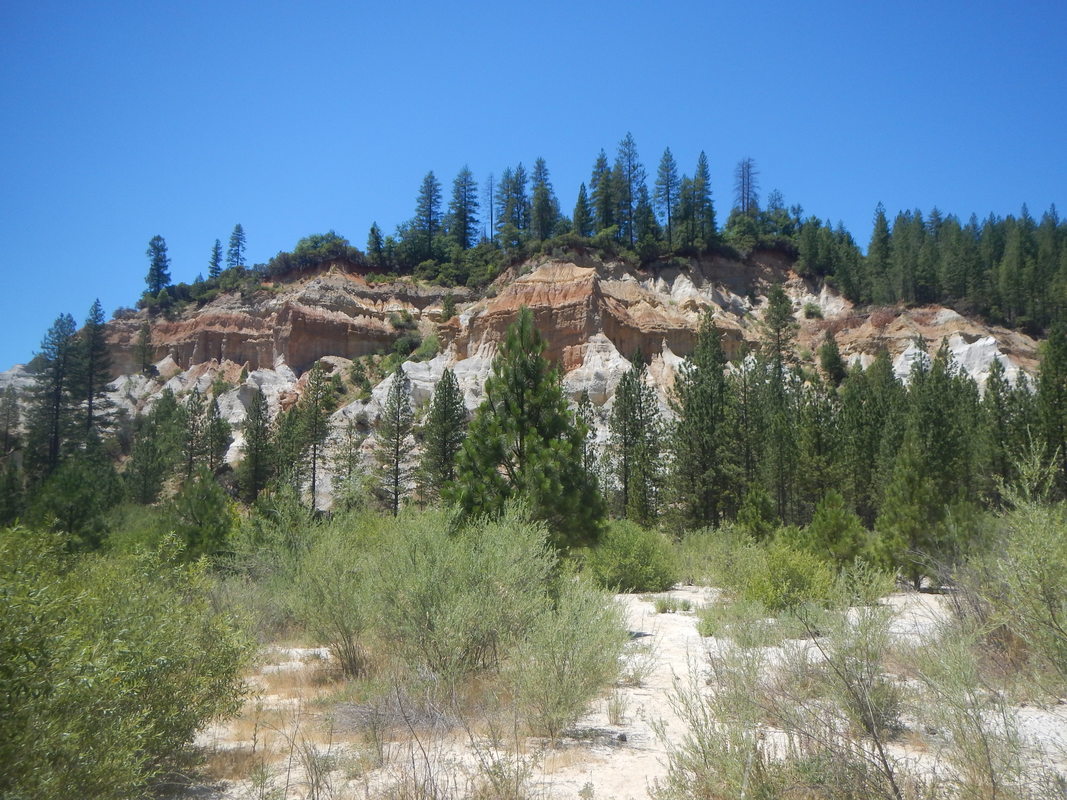
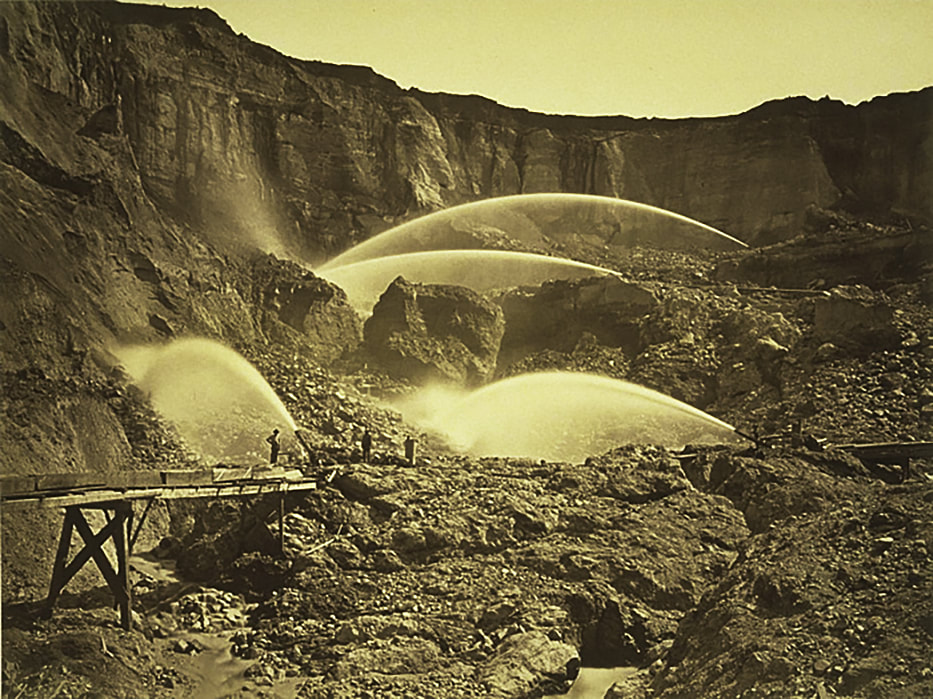
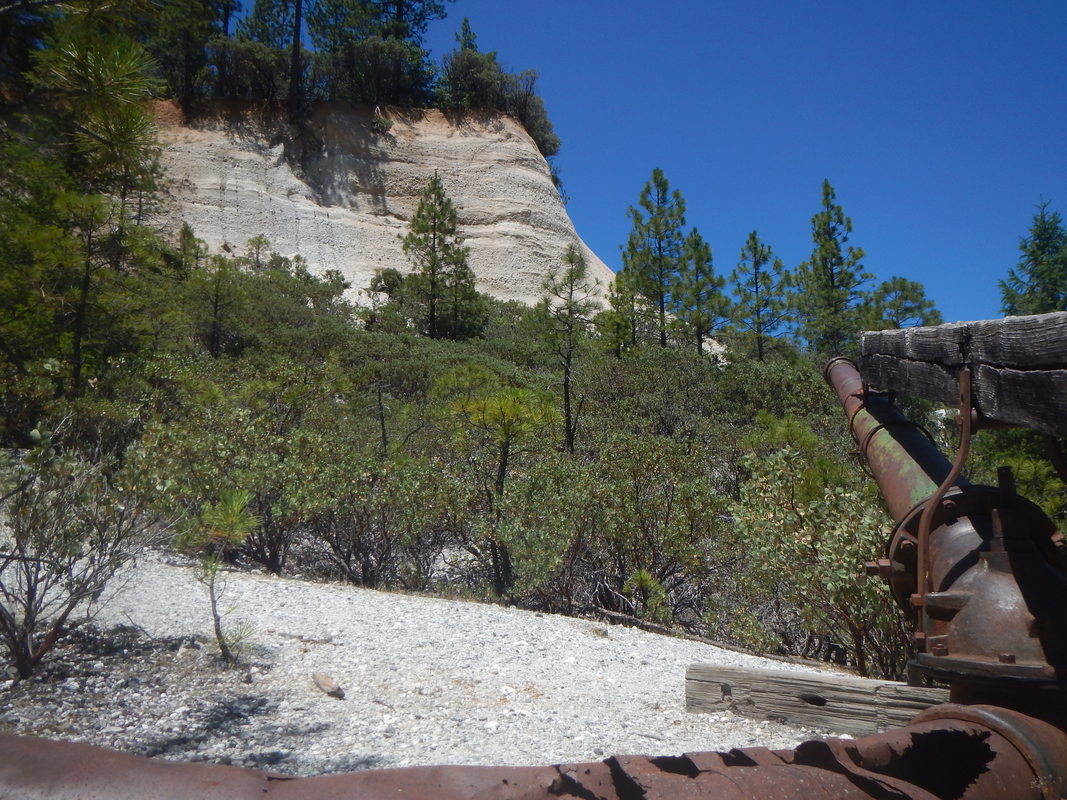
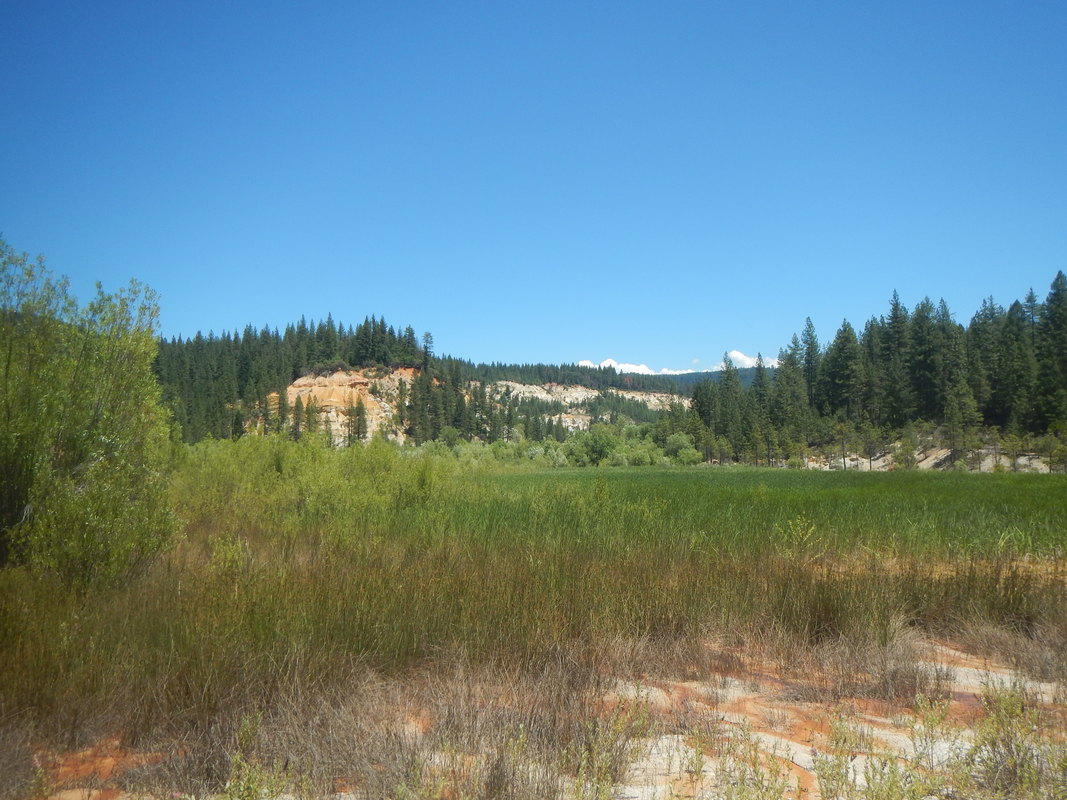
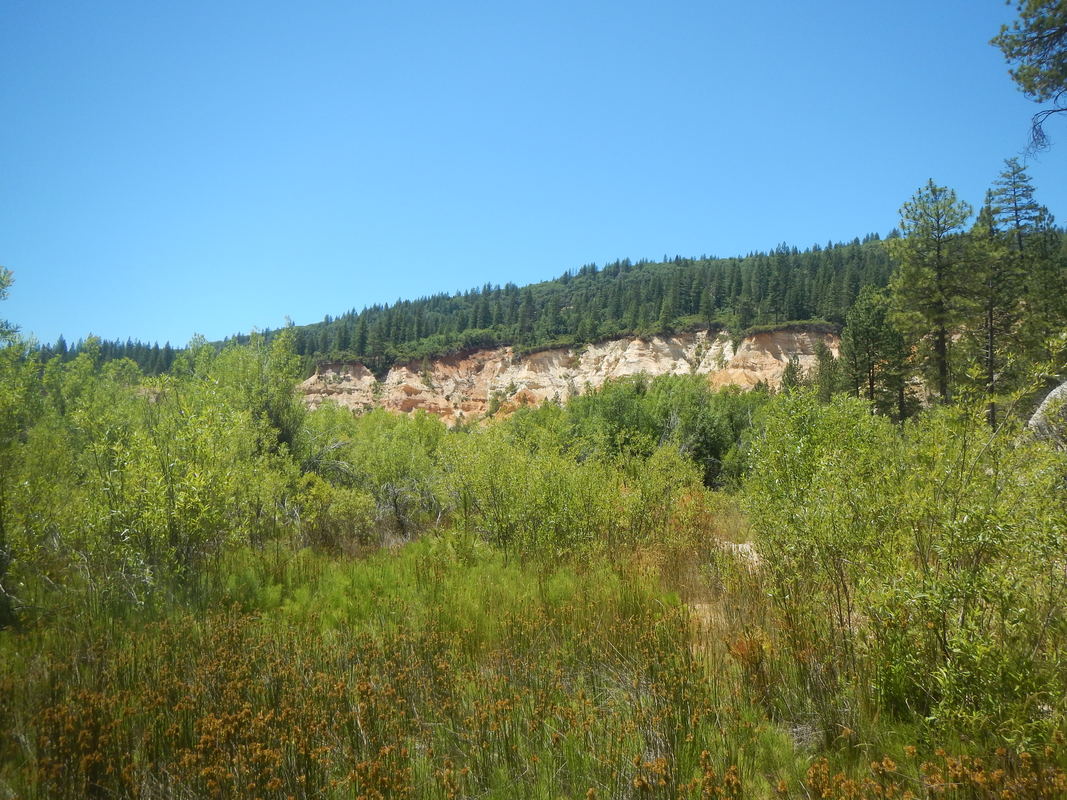
 RSS Feed
RSS Feed